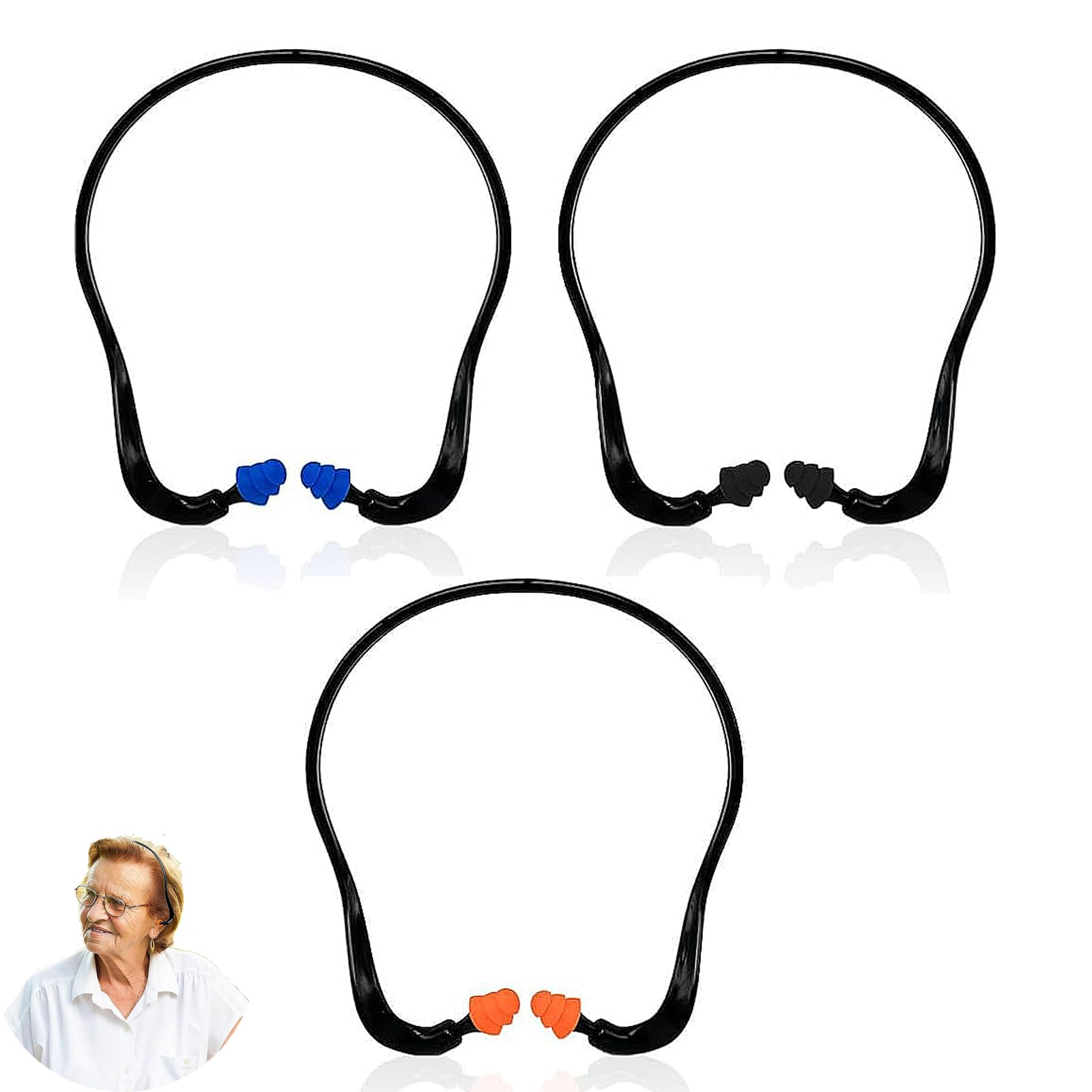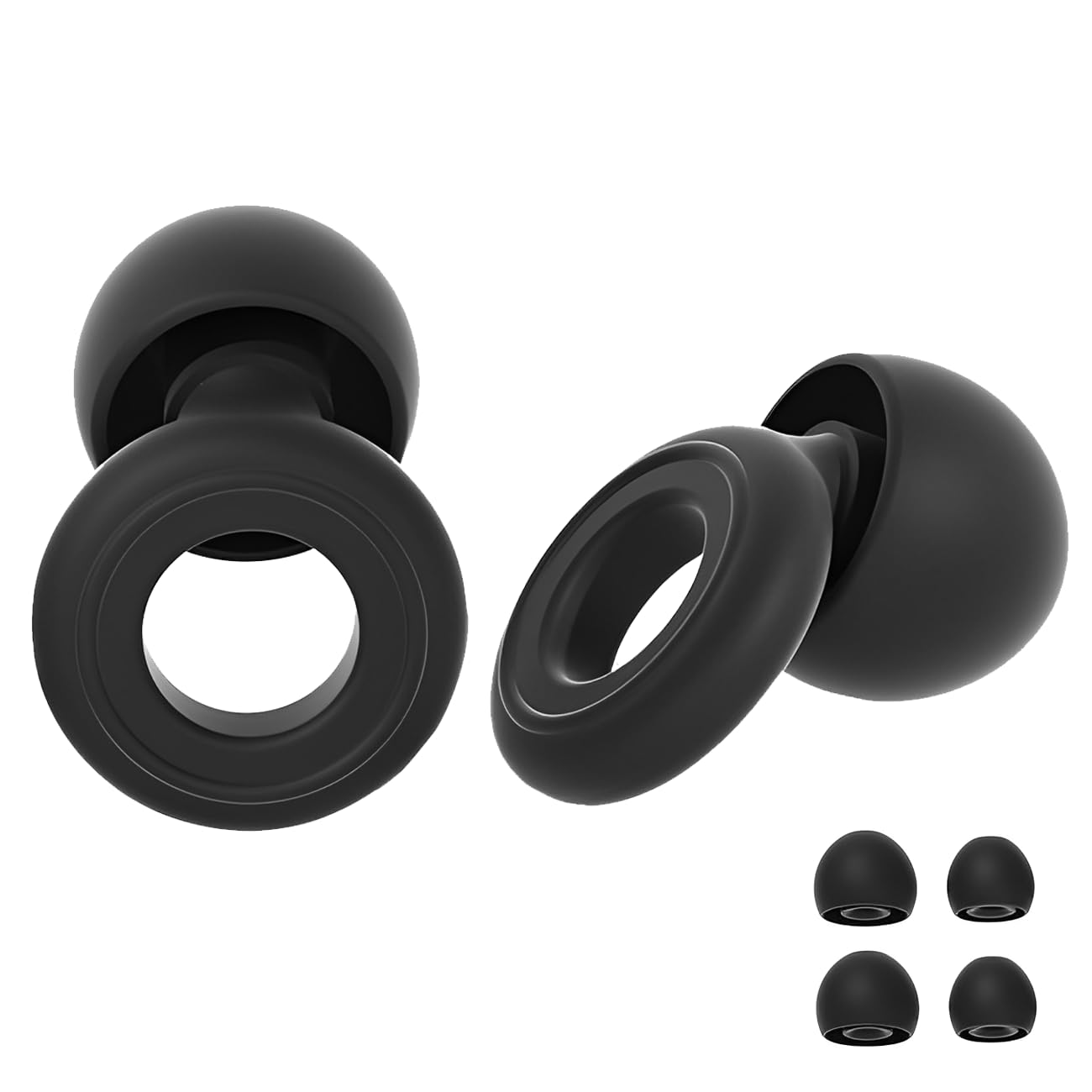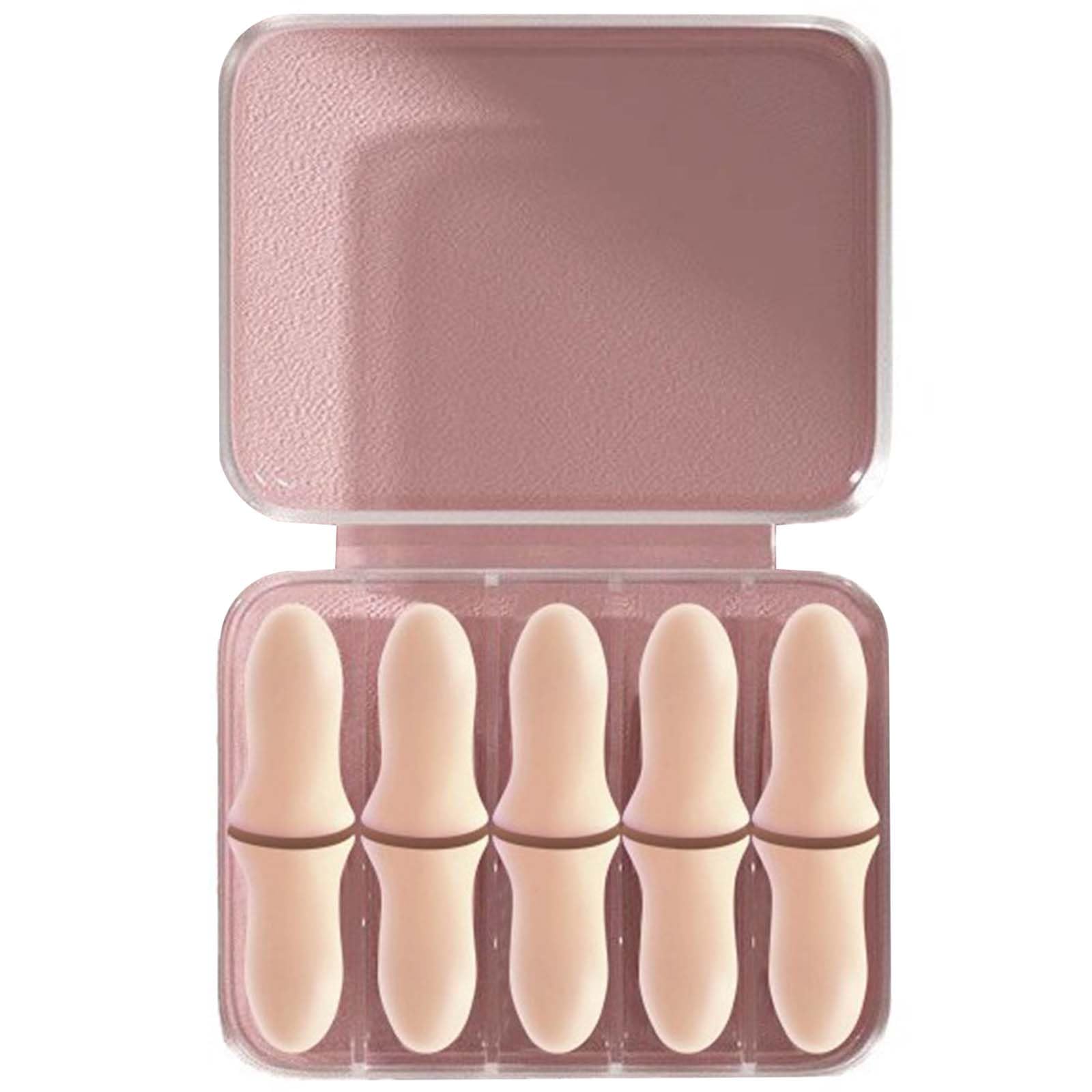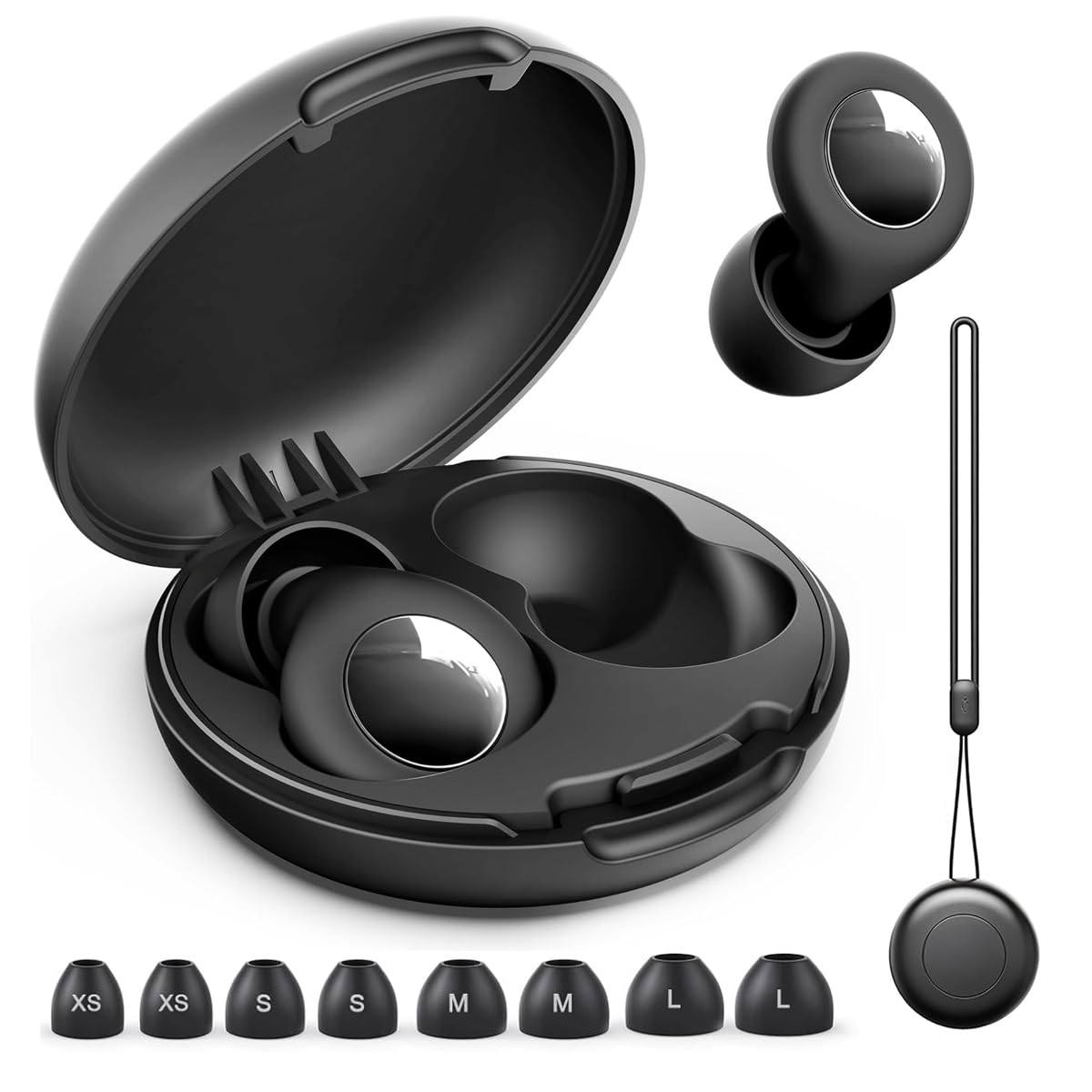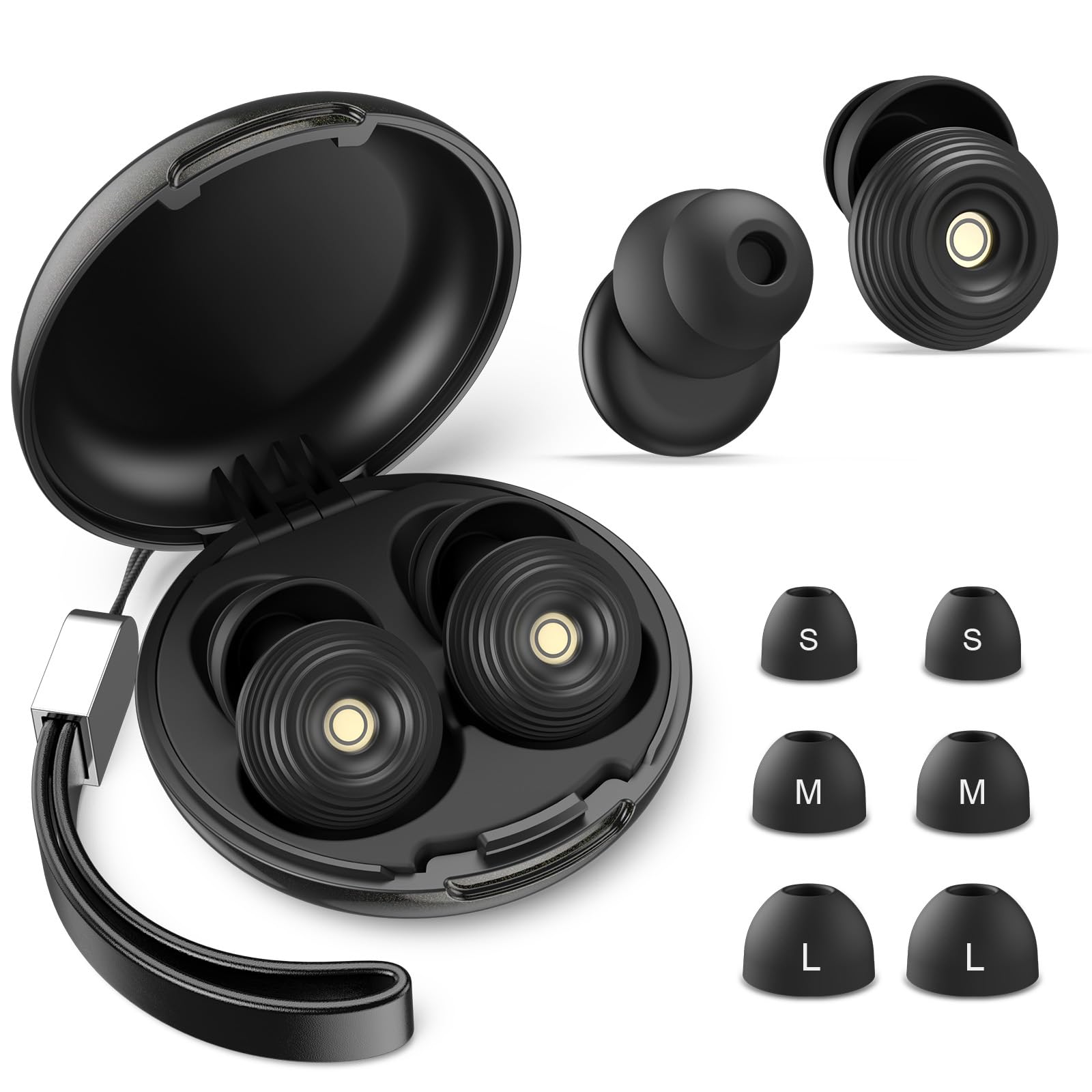Side sleepers often need earplugs to deal with snoring, city noise, or a creaky boiler, yet the same plugs that block sound can press into the pillow and cause ear pain. The good news is that you can keep noise out and wake up comfortable by choosing low profile plugs, adjusting the way you insert them, and making a few small tweaks to your bedding. This guide focuses on comfort without giving up meaningful noise reduction.
Night noise drops with sleep earplugs that seal comfortably.
Why earplugs hurt on the side
Most discomfort comes from pressure. Foam plugs expand in the ear canal. If the plug is too long, it can push against the pillow and transfer force into the ear. Flanged plugs can press if the stems are rigid or if the flanges seat at an awkward angle. Mouldable silicone is softer but can still feel firm if you pack too much into the outer ear. Understanding the cause helps you pick a design that avoids it.
Low profile options that seal well
Try foam plugs that are made shorter so they sit flush with the ear. You can also trim a small amount from standard plugs, although trimming voids the rating and you must take care to keep the end smooth. Look for reusable flanged plugs with soft, flexible stems and shallow designs. Mouldable silicone is a favourite for many side sleepers because it does not enter the canal. You press a small disc over the ear opening to form a seal. The result is less pressure and fewer wake ups when you roll.
Fitting tips that reduce pressure
For foam, roll tightly with clean fingers, pull the ear up and back slightly, and insert while the plug is still narrow. Hold it in place as it expands so it seats evenly rather than at an angle. For flanged plugs, twist gently as you insert so the fins lie flat all the way around. With silicone, use only enough material to cover the entrance, and press the edges to your skin rather than pushing deep. The right fit feels snug, not jammed.
Pillow and bedding tweaks that help
A softer pillow edge or a small contour cut out can take pressure off the ear. If your pillow is very firm or overstuffed, your ear may be forced into the plug. Consider a pillow with a slightly lower profile or a softer outer layer. If you wear a sleep mask, adjust the strap height so it does not push the top of your ear forward onto the plug. Small changes in bedding can make a big comfort difference even when you keep the same earplugs.
Hygiene and skin comfort
Clean plugs feel better. Wash silicone and flanged plugs with mild soap and water, then dry thoroughly. Replace foam plugs frequently so they expand and seal reliably. If your ears feel irritated, give them a night off or switch styles. Avoid inserting plugs immediately after a shower when skin is soft, and make sure ears are dry to reduce friction.
Find your balance between blocking and comfort
An ultra high rated plug is not useful if it hurts after an hour. Most side sleepers do well with a comfortable seal that reduces noise to a dull murmur. Combine earplugs with a steady low fan or white noise if variable sounds still poke through. You should not need to wake to adjust fit during the night. When you do, that is a sign to try a lower profile shape or a softer material.
Low‑profile foam, soft silicone mouldables and comfortable flanged designs feature in earplugs for UK side sleepers. If a sleep mask helps, many prefer masks that seal well without pressure.
FAQs
Which earplugs are best for side sleepers?
Shorter foam, soft flanged plugs with flexible stems, and mouldable silicone are all good options. The best choice is the one that stays comfortable for your entire sleep window.
Can I trim foam earplugs?
You can carefully trim a small amount to reduce length, but this invalidates the rating and edges must be smooth to avoid irritation. Many brands sell shorter foam plugs designed for smaller ear canals and side sleeping, which is safer than trimming.
Do earplugs cause ear infections?
They are safe when kept clean and replaced regularly. Wash reusable plugs often and let ears dry before inserting. If you experience persistent irritation, pause use and speak to a pharmacist or GP.
